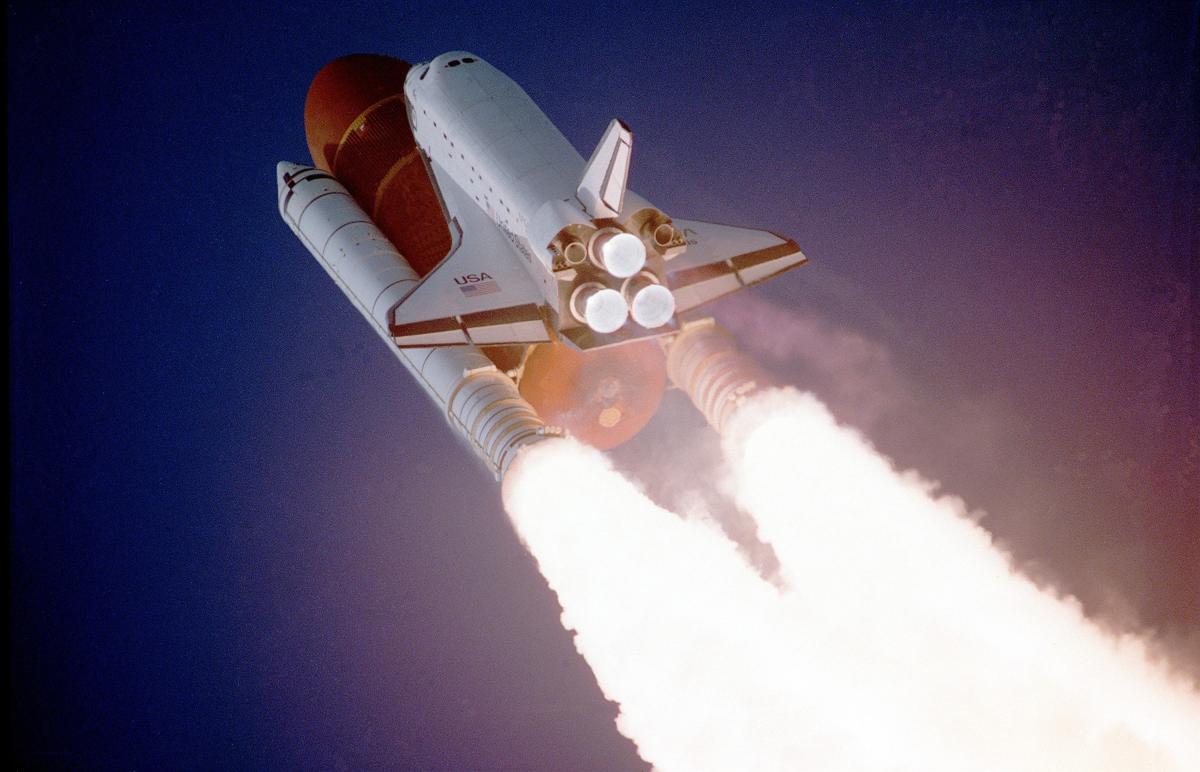
Students will create a scary monster that meets criteria and then present their monsters to their peers. You can use this with the book "I Need My Monster" or other themed books. You can also add in

Students will engineer their very own LEGO planter by using LEGOs and LEGO bases! This fun and engaging lesson incorporates science and math with the world of LEGOs. Students first listen to a story

In this lesson, students explore glow-in-the-dark materials using regular flashlights and UV flashlights. They then add phosphorescence and the emission of EM energy to previous models of light and

This lesson is designed for students to explore the idea of natural selection using a popular food item: goldfish crackers! Students explore the idea that populations of organisms can be affected by

In this lesson, students use their knowledge of electric power to design a model circuit that expends less electrical power. They do this by using the PhET Circuit Construction Kit: DC and they may

In this lesson, students apply their knowledge of Ohm's Law and describe the amount of current that flows through and the amount of voltage across a parallel circuit. They do these by exploring the

This lesson allows students to describe the amount of current and voltage, and apply their knowledge of Ohm's Law in a series circuits. They do this by using the PhET Constructing Circuits Kit: DC and

This lesson allows students to investigate the relationships between current, voltage, and resistance using an Arduino board and electronic components, and through the PhET simulation: Circuit

You are a computer programmer giving a computer step by step instructions. You will be programing a code giving the computer simple commands to be carried out by the computer. You are completing a

This lesson will help the students to identify methods to analyze, describe and demonstrate a data set of their choice. In this lesson, we are using a digital evolution software called Avida, created

Classes will build three different types of rockets, guess which style will have the highest altitude, launch and calculate results based on right triangle math!

Students will design a balloon rocket. They will then create a fish line track for the rocket to follow. The track will be able to me modified to test different angles of ascent. This will allow

Students will learn to differentiate between plant and animal cells and their functions. Students will also begin a project of growing plants for an experiment with photosynthesis.

Exploring chemical reactions is highly engaging for the students if taught in a student-centered lesson. This lesson was inspired by the activity of 6th-Grade Amplify Science, Exploring Chemical

A high school physics plan that allows students to explore with different lenses and lasers.

This multi-day activity is designed for introductory 5th grade STEM after school club. On Day 1, each student will build and test a simple roller coaster following the teacher’s instructions. Students

This multi-day activity is designed for introductory 5th grade STEM after school club. On Day 1, each student will build and test a simple straw rocket following the teacher’s instructions. Students

This multi-day activity is designed for introductory 5th grade STEM after school club. On Day 1, each student will build and test a simple straw rocket following the teacher’s instructions. Students

This multi-day activity is designed for an introductory 5th grade STEM after school club. On Day 1, each student will build and test a simple mousetrap car following the teacher’s instructions

In part 1 of this investigation, groups were challenged to design for speed and collect data to find the fastest car in the class. Using those designs, part 2 will test the mass of a car vs the power

In this lesson, students will be learning about solar energy and how it may be used to solve problems. After reading and comparing two texts about solar energy, students will use simple materials to

This is the 3rd part of the lesson series where students will determine the thrust and stability of their water bottle rockets to answer their essential question: Using the Design Process how can we

Students will discover the relationship between mass and volume in relation to density through an inquiry lab. Students will take mass and volume data of several different solid substances and compare

Students will understand how we see objects. They will learn that your eyes see objects when light hits an object and reflects off the object into your eye. They will also be able to identify the
